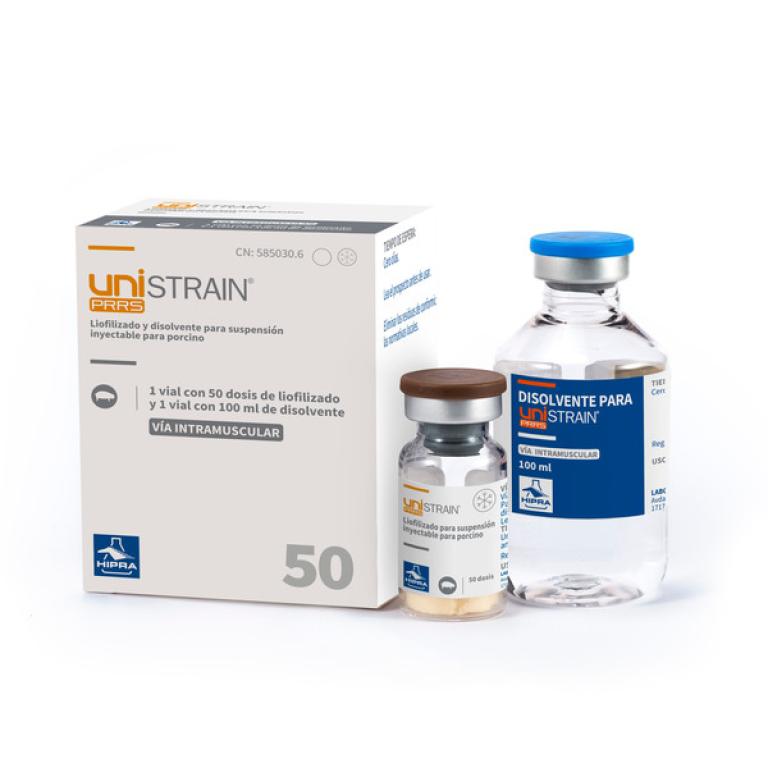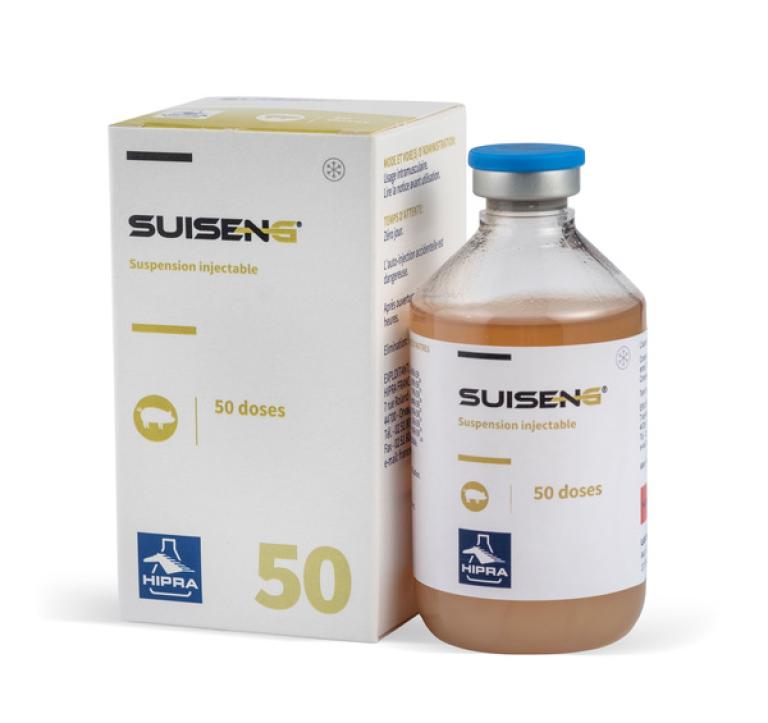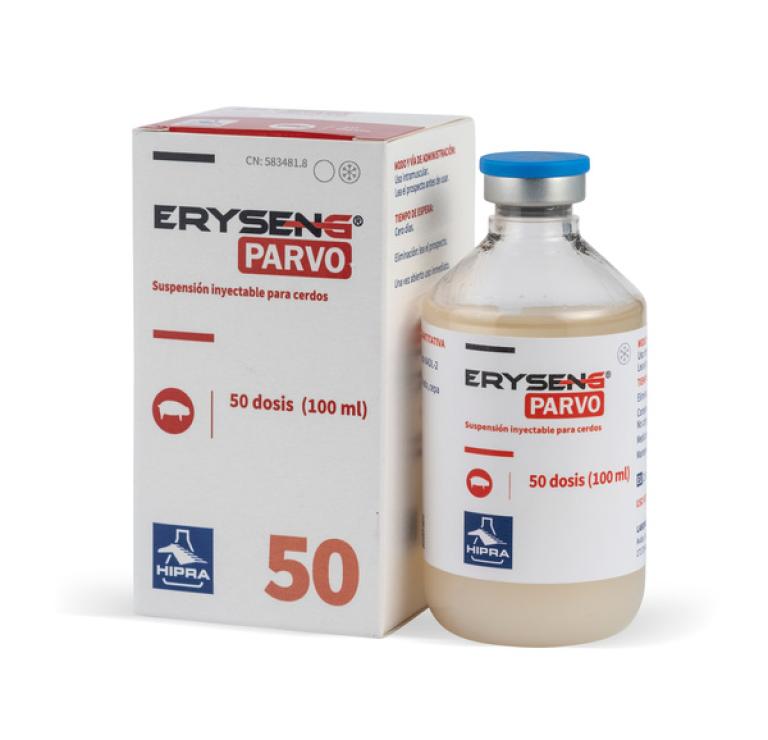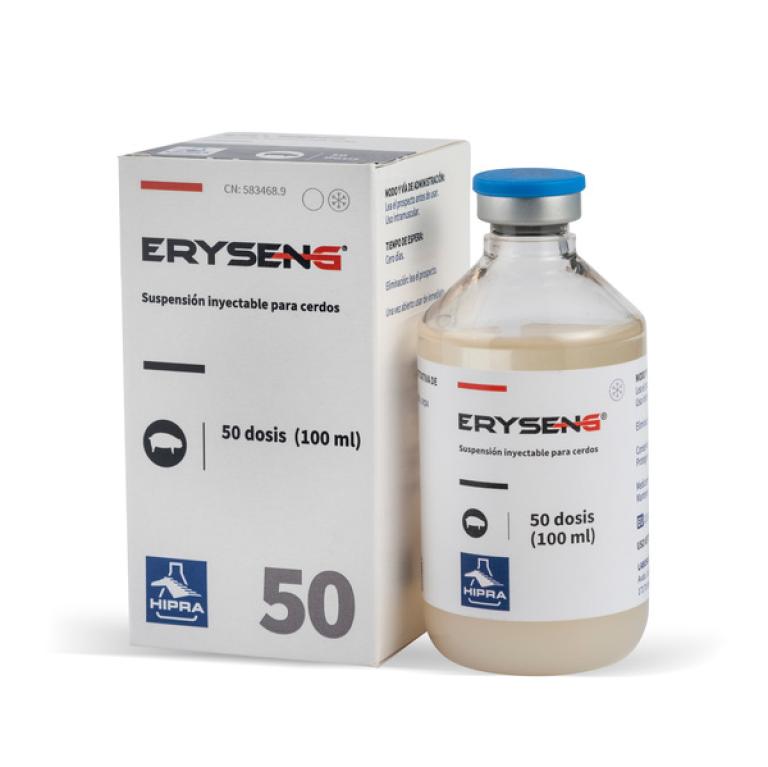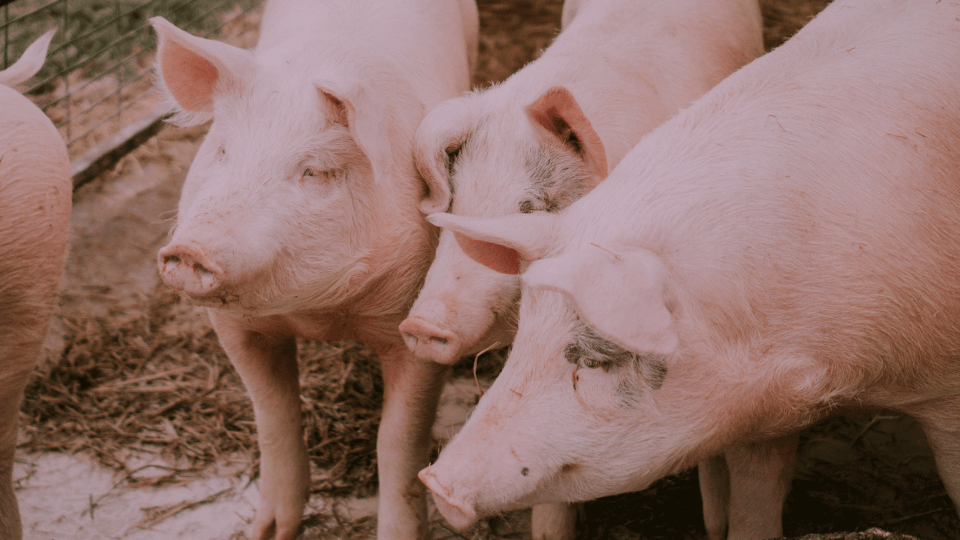Article written by:
Oriol Boix Mas (Corporate Product Manager at HIPRA).
Igancio Bernal Orozco (Corporate Brand Manager at HIPRA).
5c. HEALTH: Is it worth vaccinating?
Neonatal diarrhoea is one of the most important multifactorial diseases of swine production because, in turn, it is also one of the major causes of mortality in new-born piglets1.
Its economic impact is due to the increase in losses in the farrowing unit, a worsening of productive indices and the indirect cost of medication and personnel as a result of a clinical outbreak.
Inevitably, this leads us to consider two fundamental questions:
How much does an outbreak of neonatal diarrhoea cost me?
Answering questions such as these has always been difficult as there are countless possible scenarios, with different characteristics involving a multitude of situations that are not comparable with one another.
Some authors have quantified the economic losses arising from neonatal collibacillosis, reflecting a reality that is limited to interpreting a temporary situation in terms of predetermined mortality and market prices at a specific moment in time2.
The achievement of a dynamic and personalised system for the calculation of the economic impact of neonatal diarrhoea could become a key decision-making tool on the farm.

A correct calculation system will allow us to predict the cost impact of neonatal diarrhoea.
In order to supplement and expand on the studies that have been available up to now, we try below to calculate the economic impact of neonatal diarrhoea in different scenarios of mortality, morbidity and weight loss.
The aim is to demonstrate that the application of corrective measures such as vaccination of the sows involves a significant economic cost and that recouping this can vary according to the characteristics of the clinical outbreak that may occur.
For this, we need to take into consideration some reference productive parameters on which we will build different scenarios (Table 1).

Table 1: Standard productive parameters in a commercial farm.
Starting with this situation, which can be regarded as “standard”, we modify the percentages of affected litters (morbidity) and the increase in mortality in the farrowing units (mortality).
Subsequently, the system is able to predict the impact on the number of weaned piglets, their weight, and consequently the final cost.

As can be seen, the average cost of a weaned piglet, as expected, increases when morbidity and mortality also increase.
If we take into account the average number of piglets weaned per sow per year, the production cost per sow as a result of an outbreak of neonatal diarrhoea increases to:
- 53€ in the case of scenario A.
- 70€ in scenario B.
- 91€ in the most severe outbreaks (scenario C).
When should I start to vaccinate in order not to lose money?
And it is at this point that we have to take some more variables into account, for example the price of the vaccine and the percentage reduction in clinical symptoms following the use of the vaccine.
For this exercise, we shall consider the standard price of a dose of vaccine against porcine colibacillosis and necrotic enteritis to be 1€ and that there will be a significantly reduction in clinical signs and antibiotic use after vaccination.
Considering a scenario such as this, and taking as a reference point the productive parameters from Table 1 (the same as in the previous case):
The economic return of the vaccination will start to be positive when the morbidity reaches 7% of the litters and there is an increase in neonatal mortality of 5%.
To sum up...
If one thing is clear it is that both the economic impact of neonatal diarrhoea and the return on investment in a scenario of clinical outbreaks are values that should be treated with caution and under no circumstances should they be taken as an exact science.
On the other hand, however, the use of indicative calculations can optimise decision-making to improve the economic and productive efficiency of a farm.
In any event, the impact of neonatal diarrhoea is as undeniable as it is significant and the use of a good health programme through a good vaccination plan is one of the most powerful tools for the improvement of the productive indices of a commercial farm.
REFERENCES:

